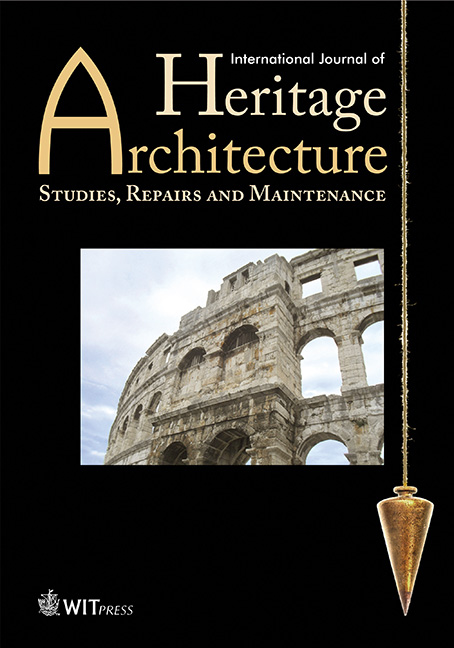Basis for reliability assessment of industrial heritage buildings and a case study of a 19th century factory
Price
Free (open access)
Volume
Volume 1 (2017), Issue 4
Pages
12
Page Range
580 - 592
Paper DOI
10.2495/HA-V1-N4-580-592
Copyright
WIT Press
Author(s)
J. MARKOVA, M. HOLICKY, K. JUNG & M. SYKORA
Abstract
Considerable efforts are aimed at re-using industrial heritage buildings in order to preserve their heritage value, revive declining regions and avoid wasting energy. Such buildings hardly fulfil the requirements of present standards for structural design. Decisions about construction interventions should be based on the complex assessment of a structure considering actual material properties, environmental influences and satisfactory past performance. Simplified conservative procedures accepted for structural design often lead to expensive repairs and losses of heritage value. The probabilistic procedure in accordance with ISO 13822 for assessment of existing structures can considerably enhance reliability verification. Application of theoretical principles is illustrated by the case study of a 19th-century spinning factory, listed as industrial heritage. The actual characteristics of a cast-iron structure are verified by material tests, measurements of geometry and careful visual inspection. Actual behaviour of an existing structure and the previous load history is considered when deciding about its further use and rehabilitation. The case study indicates that the probabilistic methods can be effectively applied in reliability verifications of heritage buildings and decisions about construction interventions.
Keywords
cast iron, construction interventions, decision making, heritage value, industrial heritage, probabilistic assessment.




